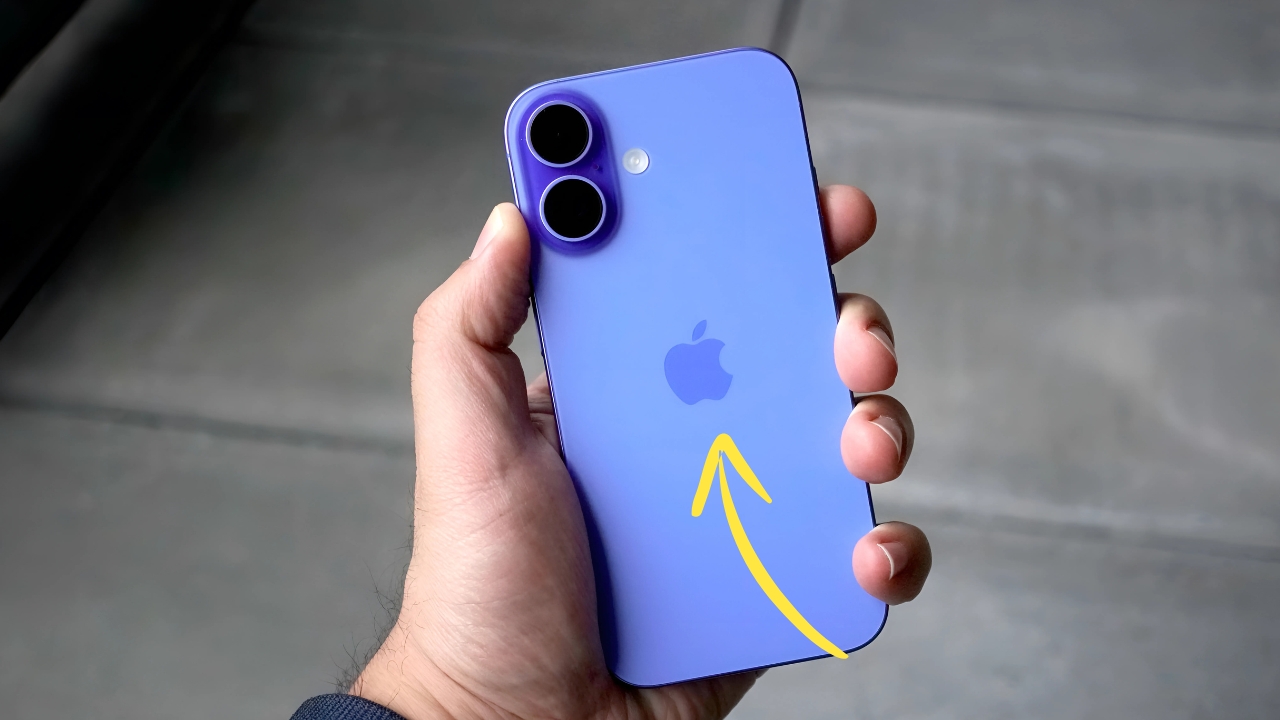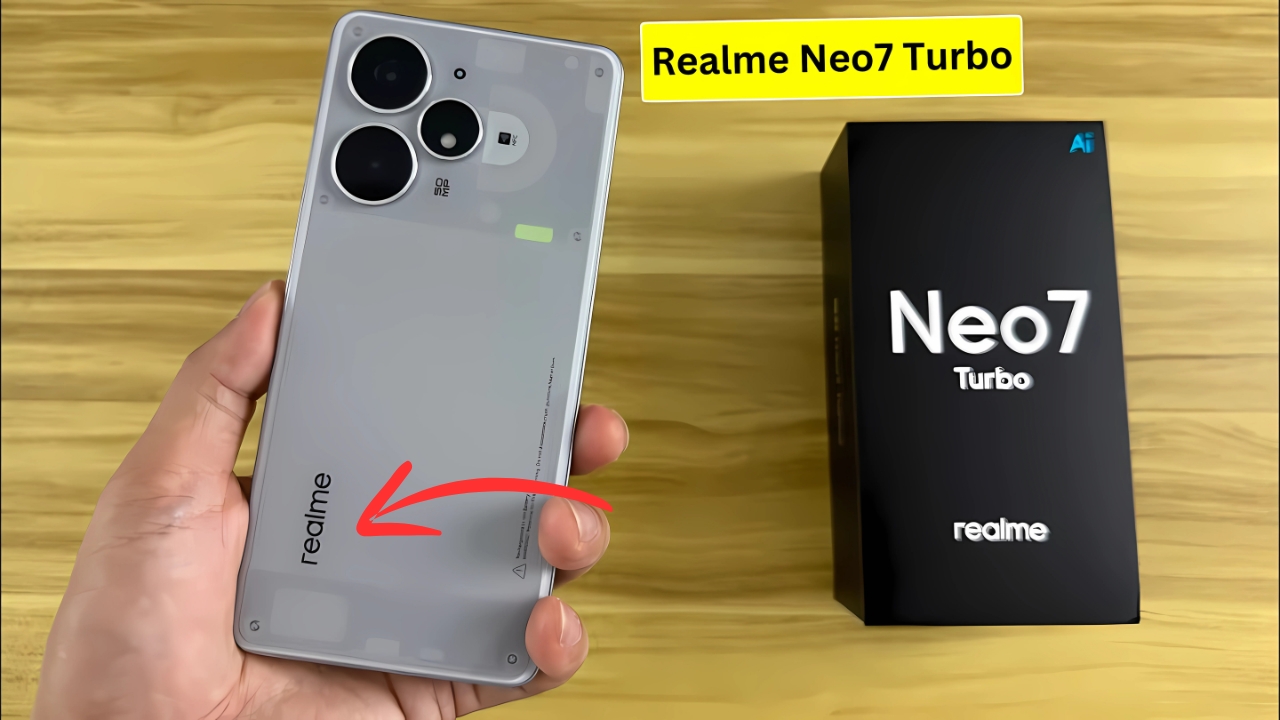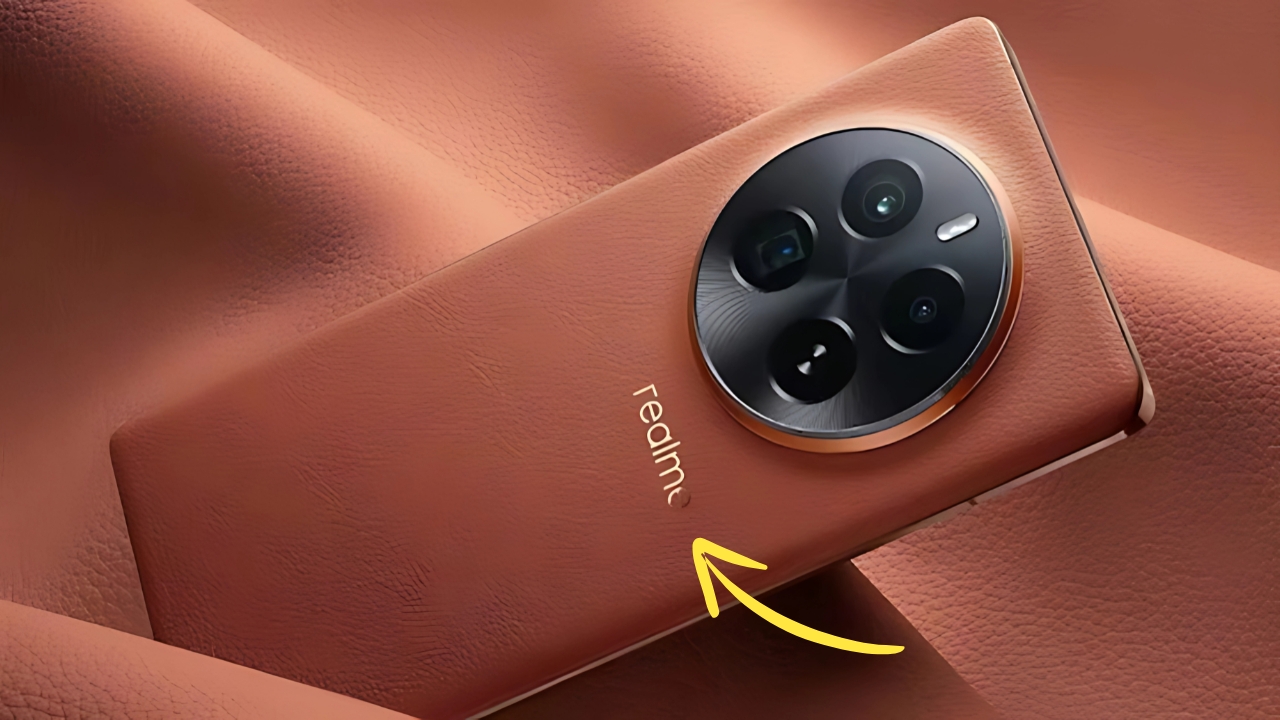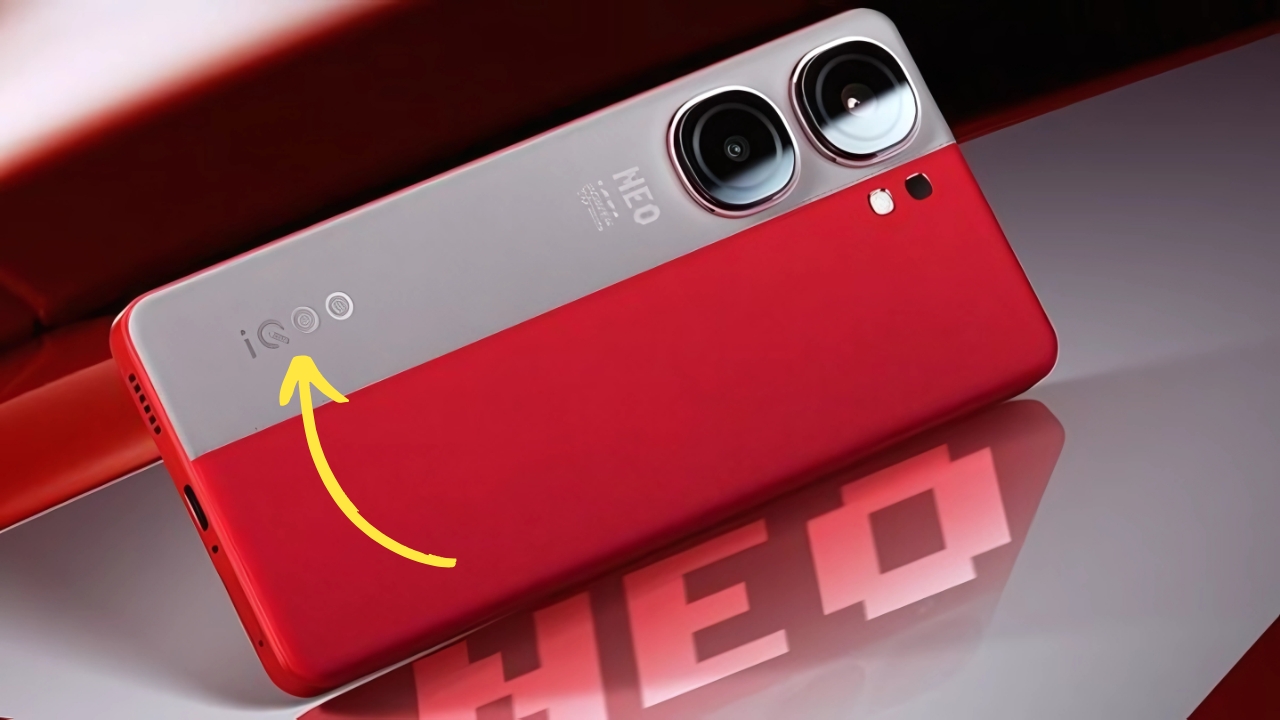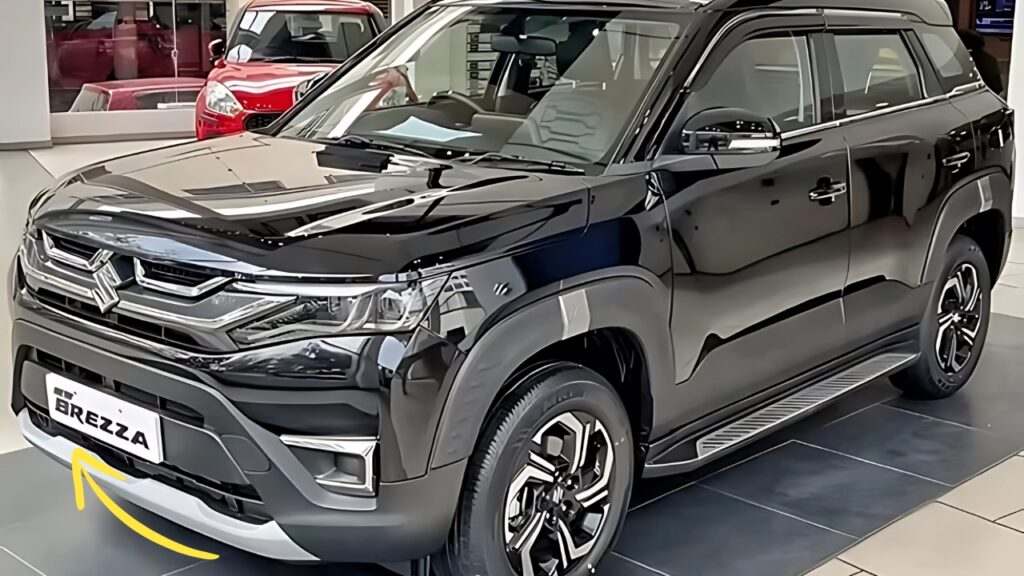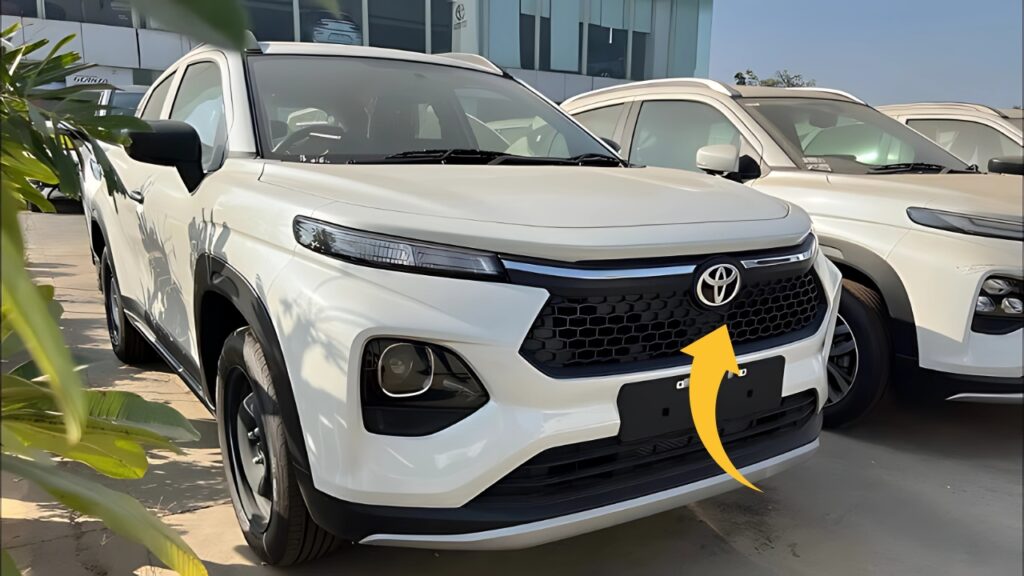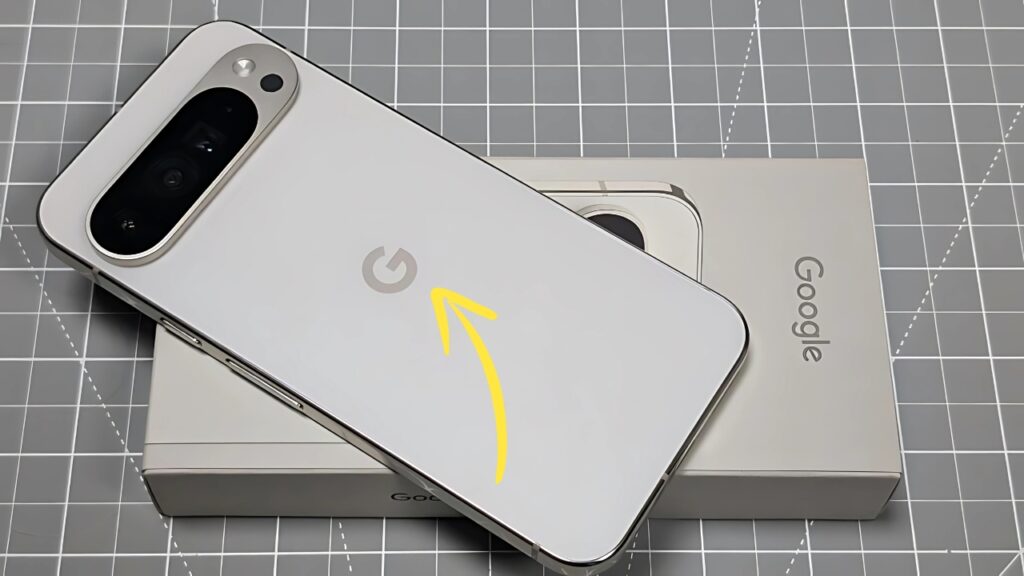Vivo V40 Pro 5G: In the increasingly competitive mid-range smartphone segment, manufacturers must carefully balance performance, features, and price to create compelling offerings that stand out from the crowd.
The Vivo V40 Pro 5G represents the Chinese manufacturer’s latest attempt to carve out a distinctive position in this space, with a particular emphasis on photography capabilities through its continued partnership with optics specialist ZEISS.
After spending three weeks with this device as my primary driver—capturing hundreds of photos, testing its limits with demanding applications, and integrating it into my daily life—I’ve developed nuanced insights into its real-world performance that go beyond spec sheets and marketing claims.
Vivo V40 Pro 5G: Design: Premium Aesthetics with Practical Considerations
The first aspect that struck me upon unboxing the V40 Pro was its thoughtful design that balances visual appeal with practical usability.
My review unit came in the “Cosmic Blue” colorway, which features a color-shifting effect that transitions between deep navy and lighter azure tones depending on how light hits it.
This effect is implemented with restraint, creating visual interest without appearing gaudy or ostentatious.
The rear panel employs a frosted glass finish that effectively resists fingerprints—a small but meaningful detail that reduces the need for constant cleaning.
The camera module is housed in a distinctive circular island, bearing the prominent ZEISS branding that signals the phone’s photographic aspirations.
This island protrudes less than in previous generations, reducing wobble when the phone is placed on flat surfaces.
At 7.9mm thick and weighing 186 grams, the V40 Pro strikes a comfortable balance between substantiality and manageable weight.
The device’s frame adopts a gently curved design that transitions smoothly into the slightly curved front and rear glass, creating a cohesive feel that sits comfortably in hand during extended use.
The frame’s matte finish provides enhanced grip compared to the glossy alternatives often found in this segment.
Build quality impresses throughout, with Schott Xensation Up glass protecting the display and Gorilla Glass 7 covering the rear panel.
The phone carries an IP68 rating for dust and water resistance—a feature once reserved for flagship devices but now increasingly important in the competitive mid-range segment.
During my testing period, which included an unexpected rain shower during an outdoor photography session, this protection provided welcome peace of mind.
Button placement follows conventional wisdom with the power button and volume rocker on the right edge, positioned perfectly for thumb access.
The tactile feedback from these buttons deserves specific mention—they provide a satisfying click without excessive travel, a small detail that enhances the premium feel of daily interactions.
Display: Vibrant Visuals with Practical Enhancements
The V40 Pro features a 6.78-inch curved AMOLED display with a resolution of 2800 × 1260 pixels (approximately 1.5K). This resolution strikes a thoughtful balance between the battery-hungry Quad HD+ panels and the increasingly dated-feeling Full HD+ options.
The result is excellent clarity for text and images while maintaining reasonable power efficiency.
Color reproduction impresses with support for 100% of the DCI-P3 color gamut and HDR10+ certification. The panel offers three color modes: Standard (sRGB), Professional (DCI-P3), and Bright (enhanced saturation).
I found the Professional mode provided the most pleasing balance, with accurate colors that remain vibrant without venturing into the oversaturated territory often associated with AMOLED displays.
The 120Hz refresh rate provides smooth scrolling and animations that enhance the premium feel of the interface.
Vivo’s implementation includes an adaptive refresh system that dynamically adjusts between 60Hz, 90Hz, and 120Hz depending on content and user interaction, balancing visual fluidity with power efficiency.
This intelligent approach resulted in a consistently smooth experience without unnecessary battery drain.
Peak brightness reaches 1,800 nits, with typical brightness hovering around 500 nits. During outdoor use in bright sunlight, the screen remained perfectly legible—a crucial factor for a device positioning itself as a photography specialist.
The automatic brightness adjustment proved reliable throughout my testing period, quickly adapting to changing lighting conditions without the jarring jumps some competitors exhibit.
The display incorporates DC dimming at low brightness levels (below 90 nits), reducing the PWM flicker that can cause eye strain for sensitive users.
This thoughtful inclusion, combined with a dedicated “Eye Care” mode that filters blue light, made extended evening reading sessions notably more comfortable compared to devices without these features.
The optical in-display fingerprint sensor deserves specific mention for its performance. Positioned in the lower third of the display, it proved consistently reliable throughout my testing period, recognizing my registered fingerprint approximately 95% of the time even with slightly damp fingers.
The recognition speed matches or exceeds many competitors, eliminating the frustration sometimes associated with this technology.
Performance: Balanced Capabilities for Everyday Excellence
The V40 Pro is powered by the MediaTek Dimensity 9200+ chipset—a flagship-grade processor built on TSMC’s 4nm process technology.
This is paired with 8GB or 12GB of LPDDR5X RAM and 128GB or 256GB of UFS 4.0 storage, creating a hardware foundation designed for responsive performance across various usage scenarios.
In practical terms, this configuration delivers excellent everyday performance. Apps launch promptly, switching between multiple applications feels smooth, and the interface maintains fluidity even with numerous background processes active.
Social media scrolling, web browsing, and messaging—the core smartphone functions for many users—all perform without hitches or hesitation.
Gaming performance impressed me given the device’s mid-range positioning. Less demanding titles like Call of Duty Mobile run flawlessly at high settings, maintaining 60fps throughout even extended sessions.
More graphically intensive games like Genshin Impact perform admirably at medium-high settings, holding 45-55fps with only occasional dips during particularly complex scenes.
After 30-minute gaming sessions, the phone becomes warm but never uncomfortably hot, suggesting effective thermal management.
Benchmark results provide additional context:
AnTuTu: Approximately 1.2 million points
Geekbench 6: Around 1,550 (single-core) and 4,200 (multi-core)
3DMark Wild Life Extreme: About 2,700 points
While these numbers fall slightly short of the absolute latest flagship processors, they represent excellent value in this price segment and translate to a real-world experience that rarely leaves you wanting more.
Memory management on my 12GB review unit proved particularly impressive. The extended RAM feature, which allocates up to 8GB of storage as virtual RAM, seemed to genuinely enhance multitasking capabilities rather than serving as a mere marketing gimmick.
Even when deliberately loading resource-hungry applications simultaneously, the phone maintained app states without aggressive background killing.
Camera System: The V40 Pro’s Defining Feature
The camera system represents the V40 Pro’s most significant selling point and the area where Vivo has clearly focused its development resources.
The partnership with ZEISS extends beyond mere branding to include lens coatings, color science, and portrait modes inspired by classic ZEISS lenses.
The system consists of:
A 50MP Sony IMX921 main camera with optical image stabilization (OIS) and an f/1.57 aperture
A 50MP Samsung JN1 ultrawide camera with a 119-degree field of view
A 50MP 2x portrait camera with ZEISS optics
A 50MP selfie camera with autofocus
This quad 50MP setup avoids the token low-resolution secondary cameras often found in this segment, instead providing genuinely useful options across various shooting scenarios.
The main camera delivers exceptional results in various lighting conditions. Daylight photos exhibit excellent dynamic range, natural colors with the ZEISS Natural Color tuning, and impressive detail preservation.
The OIS proves particularly valuable in challenging lighting, allowing for longer exposure times without introducing blur from hand movement.
Night photography impresses with the ability to capture bright, detailed images without excessive noise reduction smudging fine details—a common issue in mid-range devices.
The ultrawide camera performs better than many competitors in this segment. While there’s an inevitable quality drop compared to the main sensor, images remain highly usable with good detail and relatively minimal distortion around the edges.
Color consistency between the main and ultrawide lenses deserves specific praise—an area where budget and mid-range devices often struggle.
The dedicated portrait lens creates a natural perspective for human subjects, while the 50MP resolution ensures excellent detail capture.
The ZEISS portrait modes—Biotar, Sonnar, and Planar—recreate the distinctive bokeh characteristics of these classic lenses, adding creative options beyond the standard portrait mode found in most smartphones.
The selfie camera deserves special mention for its autofocus capability—still surprisingly rare in front-facing cameras.
This feature, combined with the high resolution sensor, delivers consistently sharp self-portraits with natural skin tones and good dynamic range.
The portrait mode works effectively here as well, with impressive edge detection around challenging elements like hair and glasses.
Video capabilities include 4K recording at 60fps from all rear cameras, with effective electronic and optical stabilization providing smooth footage during movement.
The “Ultra Stable” mode, which combines electronic and optical stabilization with cropping, produces remarkably steady videos even when walking or in moving vehicles.
Software Experience: Refined but Room for Improvement
The V40 Pro runs Funtouch OS 14 based on Android 14, with Vivo promising two years of major Android updates and three years of security patches.
This represents reasonable if not industry-leading software support for a mid-range device.
Funtouch OS has matured significantly in recent years, moving away from its earlier iOS-inspired design toward a more distinctive and cohesive identity.
The interface feels polished with smooth animations that take full advantage of the 120Hz display, while the overall aesthetic maintains clean lines and logical organization.
Camera-focused software features deserve specific mention. The “ZEISS Styles” option applies distinctive color profiles inspired by ZEISS cinema lenses, while the “Supertext” mode uses AI to enhance text legibility in document photographs.
The “Pro” mode provides granular control over shooting parameters, with a logical layout that makes manual photography accessible even to casual users.
Customization options abound, allowing users to adjust everything from icon shapes and system colors to animation effects and gesture controls.
The “Dynamic Effects” menu provides particularly granular control over visual feedback throughout the system, enabling a personalized experience without third-party launchers.
Pre-installed applications remain a consideration, with my review unit containing several third-party apps and games alongside Vivo’s suite of utilities.
Most can be uninstalled rather than merely disabled, though some of Vivo’s core applications remain permanent fixtures.
After my initial setup and cleaning process, the system occupied approximately 25GB of the 256GB storage.
The notification management system has improved compared to earlier Funtouch versions, though still not quite matching the intuitive implementation found in stock Android or some competitor skins.
Similarly, the aggressive battery optimization occasionally impacts background processes unless specific exemptions are configured.
Battery Life and Charging: Endurance Meets Speed
The V40 Pro houses a 5,500mAh silicon-carbon battery, utilizing newer battery chemistry that provides higher energy density than traditional lithium-polymer cells.
This capacity, combined with the efficient processor and adaptive display refresh rate, delivers exceptional endurance.
During my testing period, which included mixed usage of social media, photography, gaming, and video streaming, the phone consistently lasted through full days with 30-40% charge remaining by bedtime.
Screen-on time regularly exceeded 7 hours, occasionally approaching 9 hours with lighter usage patterns.
This endurance is complemented by 80W FlashCharge technology that refuels the device at impressive speeds:
- 15 minutes: approximately 50% charge
- 30 minutes: approximately 85% charge
- Full charge (0-100%): about 45 minutes
These charging speeds transform the occasional low-battery anxiety into a minor inconvenience rather than a significant disruption.
A quick 15-minute charge during morning preparation provides enough power for several hours of usage, while the full 45-minute charging cycle easily fits into short breaks or meal times.
The phone also supports 30W wireless charging, though this requires Vivo’s proprietary charging pad sold separately.
This wireless charging implementation is faster than many competitors, reaching approximately 50% charge in 30 minutes—convenient for overnight bedside charging or workplace top-ups without cable hassle.
Comparative Analysis: V40 Pro vs. Key Competitors
| Feature | Vivo V40 Pro | Xiaomi 13T Pro | OnePlus 12R | Realme GT 6 | Samsung Galaxy A55 |
|---|---|---|---|---|---|
| Processor | Dimensity 9200+ | Dimensity 9200+ | Snapdragon 8 Gen 2 | Snapdragon 8s Gen 3 | Exynos 1480 |
| Display | 6.78″ 1.5K AMOLED, 120Hz | 6.67″ 1.5K AMOLED, 144Hz | 6.78″ 1.5K AMOLED, 120Hz | 6.78″ 1.5K AMOLED, 120Hz | 6.6″ FHD+ AMOLED, 120Hz |
| Main Camera | 50MP OIS + 50MP UW + 50MP 2x Portrait | 50MP OIS + 12MP UW + 50MP 2x Tele | 50MP OIS + 8MP UW | 50MP OIS + 8MP UW + 2MP Macro | 50MP OIS + 12MP UW + 5MP Macro |
| Battery | 5500mAh, 80W wired, 30W wireless | 5000mAh, 120W wired | 5500mAh, 80W wired | 5500mAh, 120W wired | 5000mAh, 25W wired |
| RAM/Storage | 8/12GB + 128/256GB | 12/16GB + 256/512/1TB | 8/16GB + 128/256GB | 8/12GB + 256GB | 8GB + 128/256GB |
| Special Features | ZEISS optics, Wireless charging | Leica optics, HyperCharge | Alert slider, OxygenOS | GT Mode, Cooling system | 4 years OS updates, IP67 |
| Price Range | ₹44,999-49,999 | ₹49,999-59,999 | ₹39,999-45,999 | ₹35,999-40,999 | ₹39,999-42,999 |
| Best For | Camera versatility, Display | Raw specs, Fast charging | Clean software, Battery | Gaming, Value | Software support, Ecosystem |
This comparison highlights the V40 Pro’s competitive positioning. While competitors offer specific advantages—faster charging in the Xiaomi, cleaner software in the OnePlus, better gaming performance in the Realme, or longer software support in the Samsung—the Vivo V40 Pro delivers a particularly well-balanced package with class-leading camera versatility and wireless charging rarely found in this segment.
Key Strengths of the Vivo V40 Pro
Camera System Excellence: The quad 50MP setup with ZEISS optics delivers versatile photography capabilities that exceed expectations for this price segment.
Display Quality: The bright, color-accurate curved AMOLED panel with 120Hz refresh rate creates an immersive and responsive visual experience.
Battery Endurance: The combination of large silicon-carbon battery capacity and efficient hardware provides genuine all-day reliability even with heavy usage.
Charging Speed: The 80W wired and 30W wireless charging options offer practical refueling times that minimize downtime.
Premium Design: The thoughtful aesthetics, quality materials, and IP68 rating create a device that both looks and feels more expensive than its price suggests.
Balanced Performance: The Dimensity 9200+ provides flagship-like responsiveness for everyday tasks while handling demanding games with minimal thermal throttling.
Refined Audio: The stereo speaker setup with Hi-Res certification delivers impressive sound quality for media consumption without headphones.
Vivo V40 Pro 5G: Redefining Mid-Range Excellence
After three weeks with the Vivo V40 Pro, what impresses most is how it delivers a cohesive, refined experience that feels greater than the sum of its parts.
Rather than excelling in just one or two areas while compromising elsewhere—a common approach in this price segment—Vivo has created a thoughtfully balanced device that performs admirably across all fundamental aspects of the smartphone experience.
The camera system naturally stands out as the device’s defining feature, with the quad 50MP setup and ZEISS partnership delivering versatility and quality that exceeds expectations for this price point.
Yet importantly, this photographic emphasis doesn’t come at the expense of everyday usability, with the phone maintaining excellent performance, display quality, and battery life.
Areas for improvement remain, particularly in software refinement and long-term update commitment, but these limitations feel less significant given the hardware value proposition.
For users who prioritize photography capabilities without stretching to flagship price points, the V40 Pro presents one of the most compelling options currently available.
In a market often defined by compromise, the Vivo V40 Pro stands out by minimizing those compromises and delivering a remarkably complete smartphone experience.
It represents not just good value for money but a genuinely excellent device regardless of price considerations—the highest praise possible for a mid-range smartphone.

